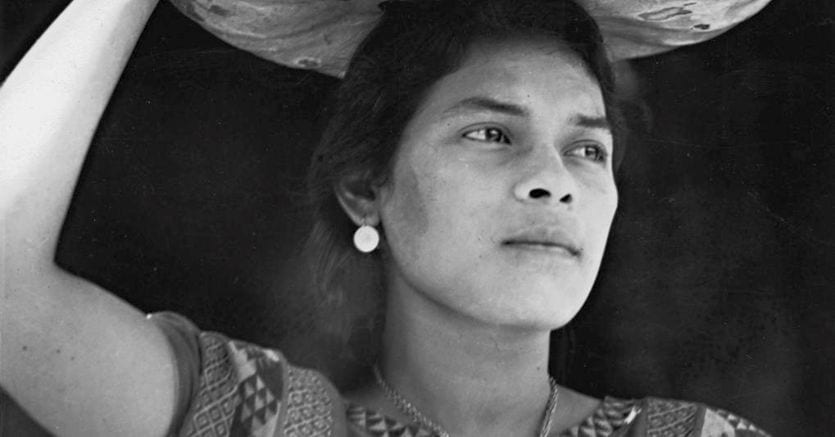Elisabetta Rasy loves to put her titles in order with numbers: Three passions, Between us two, Two days at Christmas, until recently The disobedient. Stories of six women who changed art (if we then added the ordinals to the cardinals, his opening volume could also be included in the list, The first ecstasy). The twin is no exception now The indiscrete ones. Stories of five women who changed the image of the world, dedicated to some of the most iconic photographers of the twentieth century: Tina Modotti, Dorothea Lange, Lee Miller, Diane Arbus and Francesca Woodman (only Berenice Abbott, Gerda Taro and Cindy Sherman are probably equally rooted in the imagination).
Five stories of women
Five women, five stories, five poetics, five different moments of the twentieth century very enjoyably narrated (with minimal intersections and overlaps). But when you look at the way the book is constructed, you realize that The indiscreet rather, it is traversed by an obsessive and even violent binary logic, as it did not happen to the other collections of Rasy’s portraits (Three passions e The disobedient). It is once again above all a question of titles: in this case those of the various chapters, all formed (a la Jane Austen, or perhaps a la Elsa Morante) by a couple of abstract terms which in their tension allow us to frame the biographical and artistic path of each of the five artists: «Beauty and revolution», «Shame and pride», «Seduction and war», «Desire and imperfection», «Body and soul». However, the relationship that is established between the two terms varies according to the case. It can be a simple evolution (from A to B), as well as a head-on collision (A against B), or even a paradoxical and counter-intuitive identity relationship, in spite of all appearances (A as B).
Loading…
The relationship between the observer and the observed
The indiscreet however, it is a dual book mainly because its theme is not just photography, or female photography. The real leitmotif of Elisabetta Rasy’s investigation is in fact the relationship between the observer and the observed, the subject and the object of the gaze. All five artists not only photograph others, but are also photographed a lot – by teachers, friends, husbands, lovers, colleagues and colleagues. Indeed, the stories of Tina Modotti and Lee Miller appear emblematic of this relationship because, both beautiful, they had known extraordinary success as models before moving, with a stubborn decision, to the other side of the goal: almost forcing their companions ( none other than Edward Weston and Man Ray) to teach them the rudiments of the technique. As Miller replied to a reporter who in 1932 called her the most photographed girl in Manhattan: “I don’t want to be a photograph, I want to take a photograph.” It could be one of the great phrases of the twentieth century.
The revolt of the object that wants to become the subject (of gaze) is naturally a splendid allegory of female emancipation, where politics and aesthetics go hand in hand even when it is the most private and introspective research that apparently prevails. It is a story with an almost Hegelian tone, and which also has another distinctive trait of Hegelian: the progressive tendency towards self-awareness and reflexivity. Reading the five portraits below, they inevitably end up tracing a path: from the photographer who banned the self-portrait (Modotti) to the one who only offers her body to the lens (Woodman), with all the possible nuances, but with a clear shift from the gaze on others to the gaze turned to itself. An extremely painful journey of knowledge, if the last two of the series (Arbus and Woodman) have also taken their own lives.
A story of bodies
The indiscreet is mostly a story of bodies: a place of erotic experimentation, an instrument of power of women over men (seduction being often the tool with which these Morgane fairies manage to let as many Merlini reveal the secret of their magic), but above all the field of artistic battle. The challenge here is always the same: to go further, to go deeper, to grasp the further reality that lies beneath the surface but which manifests itself only at the level of the epidermis, thanks to the silver nitrate emulsions. Rasy evokes this paradoxical trait of photography very well; the desire to grasp the invisible through the visible. But above all it captures the multiple functions that the Grafex or Pentax have performed for its heroines: avant-garde artifacts, reliable devices to enter into communication with the world but also talismans to cross the mirror. Like Alice, Arbus’ favorite literary character.
